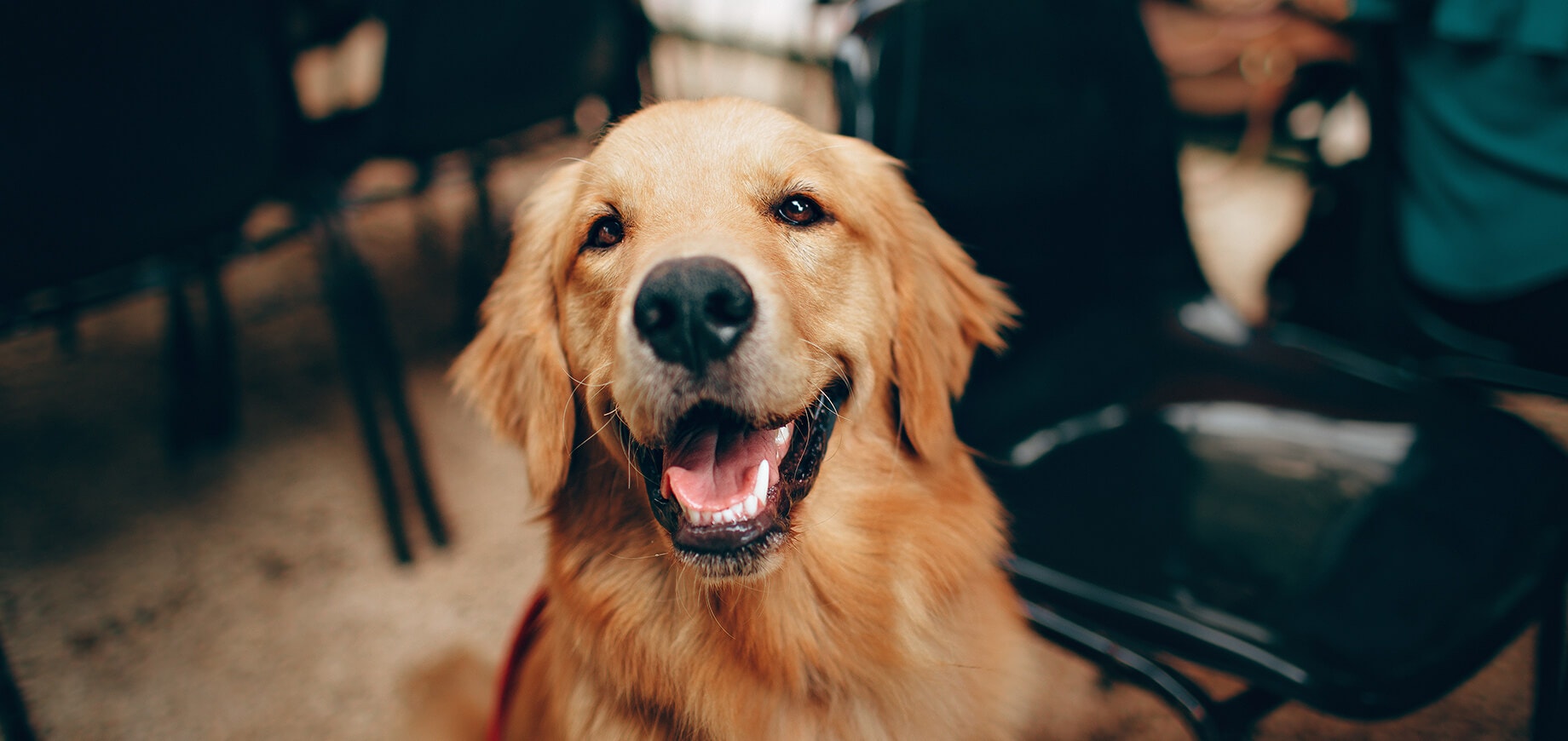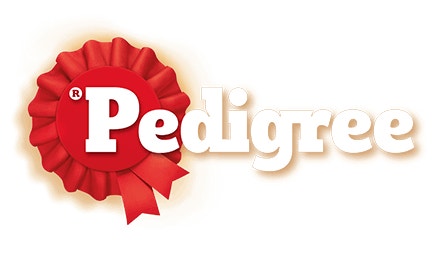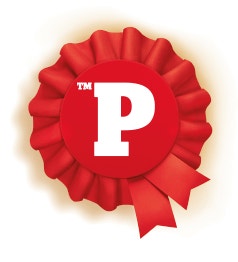

We humans don’t think twice about maintaining a good oral care routine and yet we often don’t have one for our dogs. This is a shame as dogs can suffer from gum disease and tooth decay just like us. Not only that but a dog’s teeth are really important to them because they use them not just for eating but also for grasping, pulling and lifting (almost like we’d use our arms).
The good news is it’s not difficult to look after your dog’s teeth. We’ll show you the simple things you need to do, and we’ve even got a step-by-step guide to cleaning dogs’ teeth.
Did you know that 80% of dogs over the age of three have gum disease? Not only can this cause your furry friend considerable pain but, if left unchecked, it can lead to tooth loss (which you obviously want to avoid since, when it comes to the purpose of dogs teeth, each one has a specific role). Gum disease can even impact other areas of the body, causing serious health issues such as kidney and heart disease.
So we’ve established how vital it is you keep your dog’s teeth in tip-top condition, but how exactly do you do that?
Brushing your dog’s teeth regularly is one of the best ways of keeping their teeth and gums healthy. Now we admit this can seem like a tall order if you’ve never brushed your furry friend’s teeth before. Don’t worry though because we’ve got a simple step-by-step guide on how to clean dogs’ teeth. There’s even a short video guide.
Dogs need dental check-ups just like we do, so make sure you get your vet or vet’s nurse to look at your dog’s teeth and gums a couple of times a year. This means any issues can be spotted before they become a big problem.
Puppies and dogs need to chew, and it can help with their oral care routine by helping to scrape teeth clean and strengthening periodontal ligaments.
Pedigree Dentastix have a unique X shape, a gently abrasive texture and active ingredients. When they’re fed daily, they can help to reduce tartar build-up by up to 80%. They’re low in fat and sugar free and designed to be super-tasty!
A toothbrush that’s the right size for your dog
For medium and large dogs this will be an adult-sized human toothbrush, for small dogs a child’s toothbrush and for toy or miniature dogs, a special small pet’s toothbrush.
Pet toothpaste
It’s really important you don’t use human toothpaste for your dog as the fluoride is poisonous to them. Pet toothpaste is widely available and designed to appeal to a dog’s tastes.
A quiet place that’s free of distractions
When you first introduce your four-legged friend to having their teeth brushed, making things easier on both of you, by doing it in a quiet, calm environment.
A little bit of time and patience
Over time, your dog will get used to having their teeth brushed – in fact, many dogs come to enjoy it. However, it’s important to start slowly and be patient.
Keep sessions short and sweet
It’s best to keep each tooth cleaning session short, especially at the beginning. This stops it being overwhelming for your dog and allows them to get used to things gradually.
Get into a routine
If you can get into the habit of brushing your dog’s teeth at the same time every day, this will help you stick to it. It doesn’t matter what time of day it is, so just choose one that suits you.
Build up slowly
Below is a step-by-step guide to get your dog used to having their teeth brushed. Repeat each step until your dog is comfortable with it and, if you need to, don’t be afraid to go back a step.
Remember every dog is different
All dogs are unique individuals who will learn at their own pace. Don’t rush them if they take a while to get used to the idea of having their teeth cleaned.
Give lots of praise and encouragement
Studies have shown that positive reinforcement is very effective when it comes to dog training and teaching them to have their teeth cleaned is no exception to this.
These straightforward steps will make things easy for you and your dog. We’ve also got a handy, short video guide.
Want more advice? Check out how to remove tartar and plaque.
If you follow a good oral care routine for your dog, chances are they will never experience any serious dental health issues. However, it pays to be vigilant to signs there is a problem.
For example, contrary to popular belief, it’s not normal for dogs to have persistent bad breath. Check out Why does my dog have bad breath?
Here are some of the signs that indicate there could be a problem. If you notice any of them, it’s a good idea to get your vet or vet’s nurse to give your dog a check-up.
The best way to avoid a build-up of plaque on your dog’s teeth is to brush their teeth daily. A Dentastix chew fed daily can also help. If there is already a build-up of plaque, it’s best to get your vet to clean your dog’s teeth.
If your dog won’t tolerate having their teeth being brushed, you’ll want to think about how to clean their teeth naturally. Dental chews such as Dentastix are good for this. Ideally, you would also brush your dog’s teeth, so it’s worth being persistent with your efforts.
It's never too late to start brushing your dog’s teeth, and this can help stop them suffering from gum disease. That said, an older dog who isn’t used to having their teeth cleaned may be resistant to it at first. Go gradually and seek the help of your vet if you need to.
Keeping your dog’s coat clean is also important, find out how often to wash your dog to make sure they’re kept clean from head to paw!

